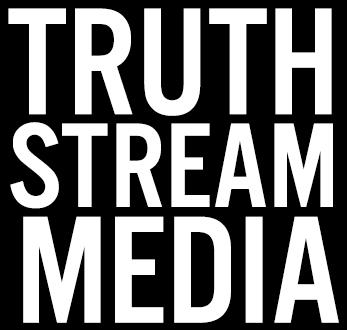Monsanto Still Testing GM Wheat

At this point, we’ve all got to wonder — did biotech giant Monsanto truly ever cease testing the company’s genetically modified (GM) wheat?
Beginning in 1998, Monsanto ran field trials in 16 states across the nation on a strain of wheat engineered to resist the company’s signature Roundup glyphosate herbicide. Top wheat importing nations around the world, not to mention many wheat farmers, came forward en masse to publicly oppose any GM wheat — sold then or ever. Seeing little profit in a product that obviously no one wanted to buy, Monsanto supposedly ceased its wheat trials in 2005.
By then, the USDA had already approved Monsanto for over 100 field test sites of GM wheat in 16 states including Arizona, California, Colorado, Florida, Hawaii, Idaho, Illinois, Kansas, Minnesota, Montana, Nebraska, North Dakota, Oregon, South Dakota, Washington and Wyoming.
While the majority of corn, canola, soybeans and sugar beets in the U.S. are GM these days, genetically engineered wheat has never officially been approved for cultivation or sale. The Food and Drug Administration (FDA) did approve Monsanto’s GM wheat as ‘generally recognized as safe’ which means little to begin with, but given that former Monsanto Vice President for Public Policy Michael Taylor is currently the FDA’s Deputy Commissioner for Foods, this isn’t saying much at all.
After the huge public outcry that followed the discovery of Monsanto’s genetically engineered test wheat growing in an Oregon field last month, Japan and South Korea quickly responded by halting all American wheat imports.
Supposedly GM wheat field tests in Oregon ceased in 2001, and the type of wheat found (Winter wheat) differs from the type Monsanto had been testing there anyway (Spring wheat), so there should be absolutely no reason Monsanto’s GM wheat should be found growing anywhere in the state today.
Monsanto responded by reassuring the public this is a totally isolated incident, even crying ‘sabotage‘, claiming a ‘purposeful mixing of seed’.
Now it has come to light that Monsanto actually resumed testing of their GM wheat in 2011, and this new strain is currently growing in test plots in Hawaii and North Dakota. Common Dreams reports:
“Even if Monsanto’s claims about this specific wheat strain were proven true, Monsanto has resumed trials of other and very similar GM wheat seeds, according to information posted in a U.S. Department of Agriculture (USDA) database.
Monsanto planted 150 acres of GM wheat in Hawaii last year and 300 acres of GM wheat in North Dakota this year—meaning the risk of genetic pollution from unapproved Monsanto wheat is even greater than most people are aware.” [emphasis added]
Indeed.
How Mosanto could instantly know without a doubt the incident is isolated is a magical mystery. Carol Mallory-Smith, the Oregon State University weed science professor who initially tested the Monsanto GM wheat found randomly growing in her home state, says there’s no way Monsanto can officially declare the incident is isolated:
“We don’t know where in the whole chain it is…I don’t know how Monsanto can declare anything.”
University of Minnesota professor David Andow told Bloomberg Monsanto’s claims aren’t to be trusted either:
“Sure they tested it, but that doesn’t mean it’s all clean,” Andow said. “It just means it’s not so widespread that it could be detected easily.”
Isn’t it interesting that as more and more people are coming down with gluten intolerance and sensitivities in this country, more experts are coming out to say that this won’t be the last we hear of Monsanto’s rogue GM wheat?
Whatever the explanation for the contamination, it’s prima facie evidence the integrity of our nation’s food supply cannot be trusted when biotechnology is allowed to run rampant in our fields.













